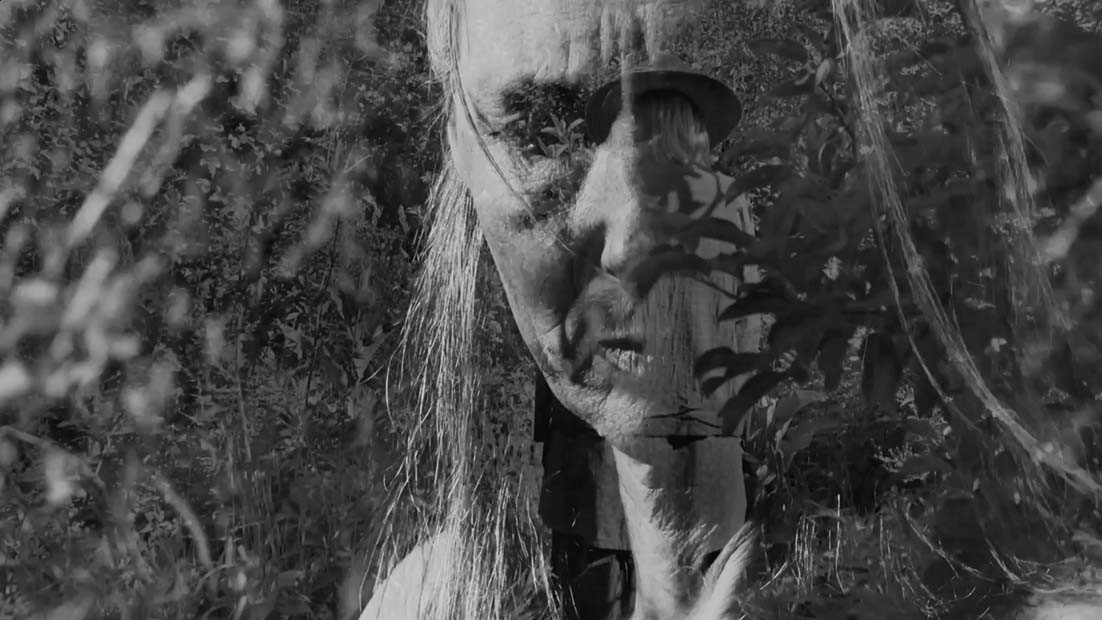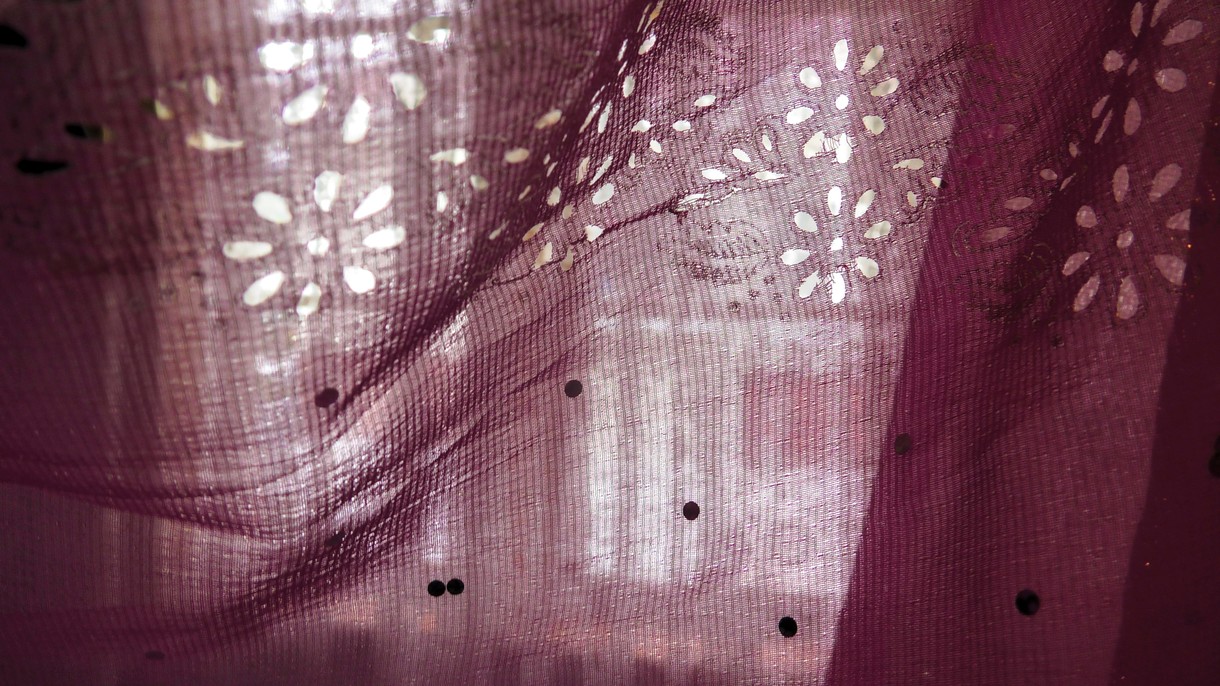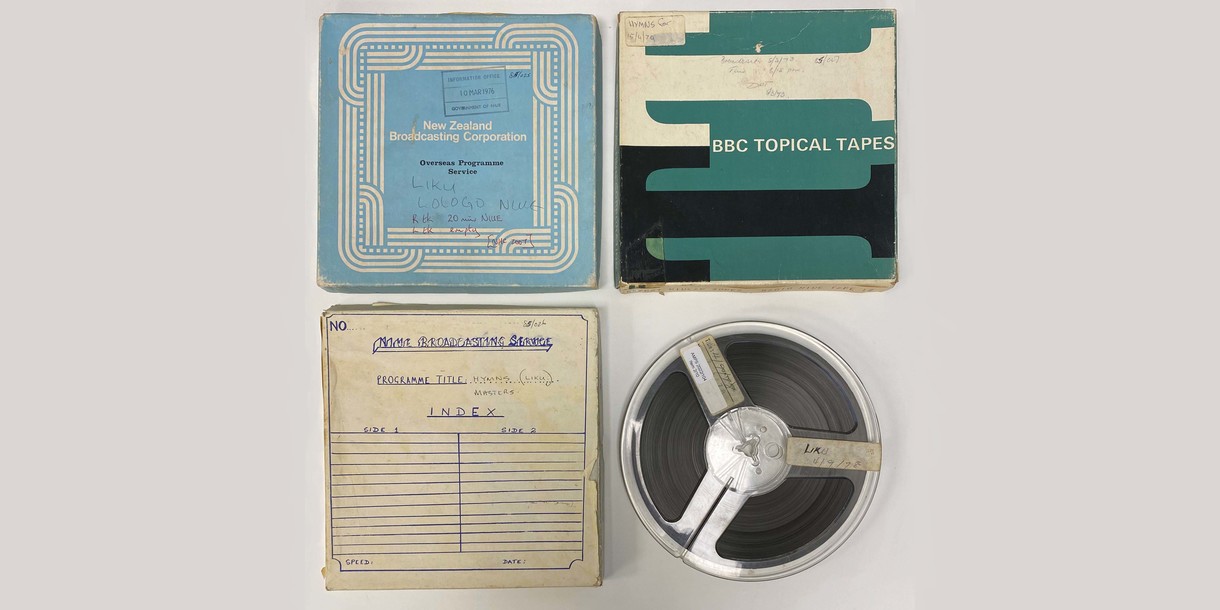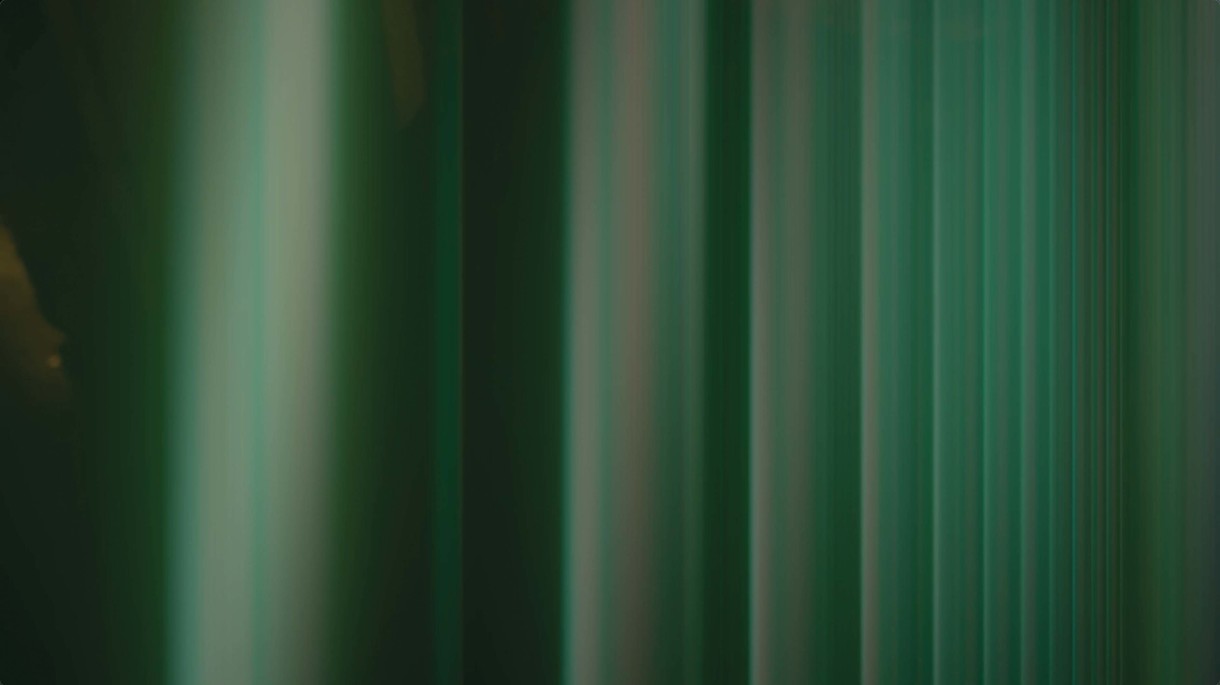B.214
B.
Bulletin
New Zealand's leading
gallery magazine
Latest Issue
B.21501 Mar 2024

Director's Foreword

Director’s Foreword
Welcome to a very special edition of Bulletin. This issue is something of a change for us: the first full ‘takeover’ by one exhibition. Spring Time is Heart-break: Contemporary Art in Aotearoa is our major show for the summer season. It occupies the entire ground floor of the Gallery and offers a snapshot of contemporary practice across Aotearoa, so it is wide in scope and rich with a breadth of materials.
Commentary

Spring Time is Heart-break
Christchurch Art Gallery Te Puna o Waiwhetū’s new exhibition Spring Time is Heart-break: Contemporary Art in Aotearoa takes its title from one of six poems written as memorials by Ursula Bethell after the death of her partner Effie Pollen. The couple’s relationship mirrored the seasonal changes in the garden they tended together during the decade that Bethell was writing poetry on Ngā Kohatu Whakarakaraka o Tamatea Pōkai Whenua, the Port Hills overlooking Ōtautahi Christchurch. For the poet, signs of spring became a bittersweet reminder of her lost love. Reading Bethell’s work today, her evocation of intense feelings and embeddedness with the land not only reflects the ethos of our present time, but also resonates with many of the works in the exhibition. Bethell claims that we are kin with the environment, foreshadowing ideas of human/non-human interconnectedness and echoing tangata whenua understandings of whakapapa to the whenua. Artist Aliyah Winter brought Bethell to our attention while she was conducting research for a new work; our choice of title was made to encompass seasons, temporality and emotion, as might be applied to contemporary practice in Aotearoa.
Commentary

Watch Your Tongue
I te tīmatanga ko te hiahia Mai i te hiahia ko te mahara
Mai i te mahara ko te whakaaro Ka puta ko te kupu e.
In the beginning was the desire From the desire came the remembrance
From the remembrance came the conscious thought From the conscious thought came the word.
Rangimotuhia Kātene
Commentary

Capturing the Airs
In the archive there is a stillness, an air of silence animated by the low hum of electronics: servers buzzing, computer screens flickering, wires, old analogue equipment. I load an audio file into a software program with a few clicks of the mouse. Its waveform unfurls on my screen, a horizontal axis of blue lines accentuated by vertical peaks and troughs, rendering the singing breath and its energetic highs and lows. I press play and ambient sounds flood the speakers. The magnetic tape hisses, jumps and crackles as it winds along, the swell of laughter, singing voices, traffic passing by – inflections of a bygone era. I’m transported to the memory of learning mā'ulu'ulu, a Tongan group dance, as a young girl. After church on Sundays, in the middle of winter, we would pack into the cold hall for rehearsal, kept warm by the movement of bodies swaying together.
Commentary

Crosstalk
“Orpheus hesitated beside the black river. With so much to look forward to he looked back.”
I drive north through darkening skies. Dim headlights diffuse a blue pallor over the sinking plains and pooling wetlands that glow in dusk. The car bends the coast before turning inland to ascend the thicket of pine that cuts across the dark island. Forest hedging the summit accedes to widening de- pressions in the land. Its recesses withhold rubbled secrets of a past that appear and recede without warning. I am driving into October.
Commentary

Silver Screen
Writing on the virtues of filmic possibility, Susan Sontag identifies that “the distinctive cinematic unit is not the image, but the principle of connection between the images: the relation of a ‘shot’ to the one that preceded and the one that comes after.” It is this ability to manipulate the structure of film that makes the medium special; editing, Sontag proposes, is the reason for film to exist at all. The continuation or dissolution of one scene into the next constitutes the materiality of the moving image; it is defined by the seams where it also might be undone. As such, an artist’s choice to work with moving image comes from an appreciation of its distinct characteristics.




